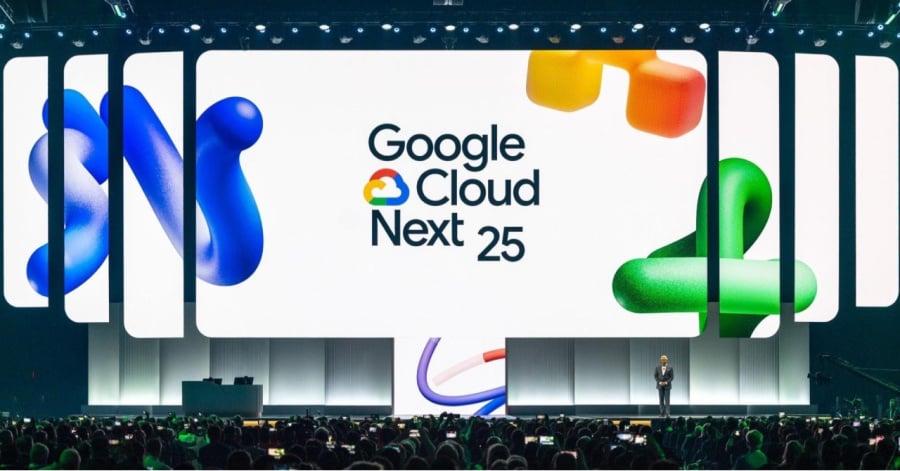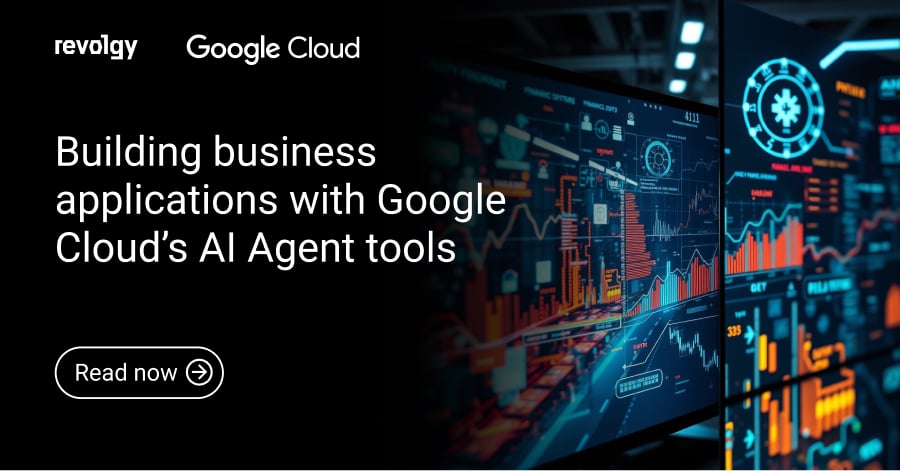AWS, GCP, AI
Google, Microsoft, AWS back open standard to help AI agents work together
AI agents are getting better at handling real work, like summarizing documents or answering customer questions. That’s great in theory. But the problem is that most of these tools are built in isolation. In other words, they don’t really know how to talk to each other, especially if they come from different vendors.
That’s a problem for companies that want their software to work together. One team might use Salesforce, another Google, and a third is trying something more experimental. They’re simply different systems, and the tools aren’t built to work together.
So, in order to fix that, more than 100 tech companies, including direct competitors like Google, Amazon Web Services, and Microsoft, are backing a new project called Agent2Agent (A2A), which aims to create a common communication standard for AI agents. It’s not a product, but a shared technical foundation — more like a common language than a separate tool.
Here’s a closer look at what A2A is, why it matters, and what collaboration between AI agents could soon look like.
Introducing the Agent2Agent protocol
Google Cloud launched the original version of Agent2Agent (A2A) but has chosen to donate it to the Linux Foundation, handing over the protocol documentation, SDKs, developer tools, and control of the roadmap.
This means A2A is now part of the open-source ecosystem, where no single company is responsible for how it evolves.
What is the Agent2Agent (A2A) protocol?
Agent2Agent, or A2A, is a standard that lets AI agents from different platforms talk to each other and work together. It doesn’t matter who built them or where they run.
Right now, most AI systems operate in their own “bubbles” — they can’t easily connect or collaborate across tools. A2A gives agents a shared way to communicate, so they can exchange data and complete tasks together, even if they come from different companies or systems.
Why Google donated A2A to the Linux Foundation
Google gave the A2A protocol to the Linux Foundation to make sure it stays open, neutral, and not tied to a single company.
The transfer was announced at the 2025 Open Source Summit North America. It included the full protocol specification, SDKs, and developer tools, all now hosted on the project’s GitHub repository.
That means the project isn’t controlled by a single company; instead, it can be improved and expanded by the wider developer community, not just by Google engineers.
How exactly A2A helps agents communicate
A2A makes it easier for AI agents to work together by giving them a standard way to share information, either as plain text or more complex data like images or files. It uses JSON, a lightweight and widely adopted file format that’s low on memory consumption and generally secure.
The protocol also supports different ways of sharing data. Agents can exchange quick messages for simple actions or stay connected for longer tasks with ongoing data updates.
An unlikely alliance of over 100 tech companies
The Agent2Agent project is not just a Google initiative. At launch, the A2A project had around 50 supporters. That number has already doubled.
The list includes some of the biggest names in enterprise tech, like Amazon Web Services, Microsoft, Salesforce, Cisco, SAP, ServiceNow, and others. We’re talking cloud providers, enterprise software vendors, and infrastructure firms, many of which have their own AI offerings.
And there’s a reason, a real need, behind this cooperation. Without a shared standard, AI agents from different platforms will stay put in their own environments, limiting how useful they can really be.
The future of collaborative AI
Agent2Agent (A2A) is being built to make it easier for AI agents to actually work together. Right now, most of them can’t do that, especially if they come from different companies or platforms. With A2A, they’d be able to share data, coordinate tasks, and support more complex workflows across systems.
The protocol today focuses on how agents communicate. The next step is to go beyond that and define how agents identify themselves, what they’re allowed to do, and how their actions can be tracked.
A2A isn’t trying to replace other systems, nor is it being developed in a vacuum. For example, Anthropic’s Model Context Protocol (MCP) helps agents access data and interact with applications. A2A focuses instead on agent-to-agent collaboration. Together, they cover different parts of the AI ecosystem — and both are needed for more connected, intelligent systems.
At Revolgy, we help companies make the most of modern cloud tools — including AI. As new standards like A2A take shape, we support businesses in building connected, flexible systems that work across platforms. Curious how this fits your cloud strategy? Get in touch — we’re happy to chat.
Read also: Building business applications with Google Cloud’s AI Agent tools



